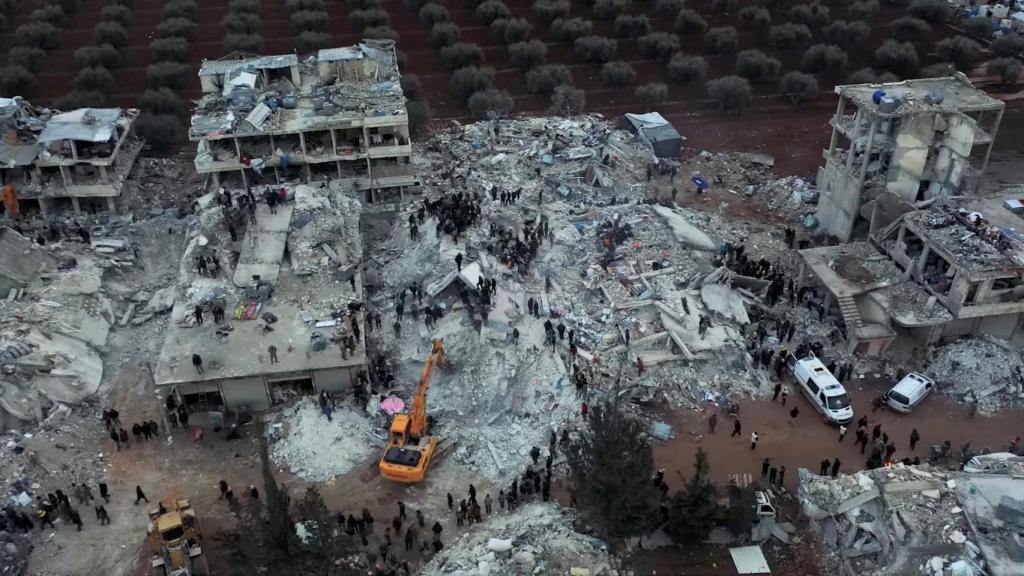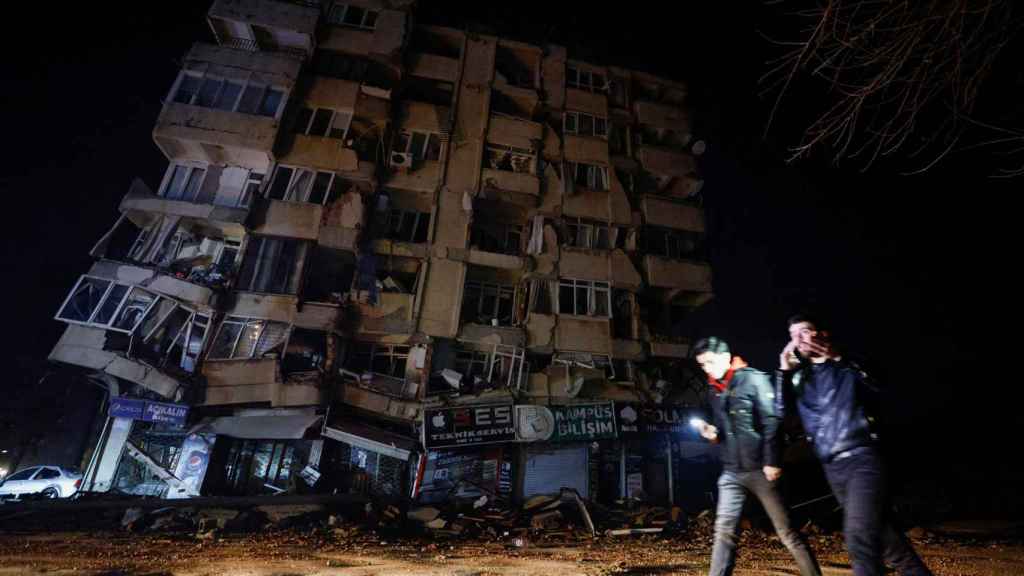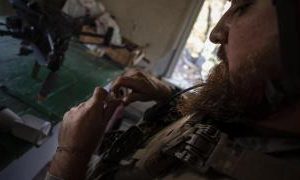the devastating earthquake recorded in the early hours of Monday in southeastern Turkey and northern Syria has already left more than 7,800 dead. And meanwhile, rescue teams continue to work around the clock in the harsh conditions of the cold winter to pull survivors out of the rubble of collapsed buildings.
As the magnitude of the disaster became more and more evident, the worst omens raised fears that the death toll would increase considerably, as it has done. A UN official has told Reuters that thousands of children could have died because of the earthquakes.
Turkish President, Recep Tayyip Erdogan, has declared a state of emergency in 10 provinces. But residents of several quake-hit Turkish cities have expressed their anger and despair that they believe the authorities have responded slowly and inadequately to the deadliest earthquake to hit Turkey since 1999. The worst of the 21st century.
[“Sáqueme y seré su esclava”: 17 horas protegiendo a su hermano bajo los escombros de Turquía]
“There is not a single person here. We are under the snow, without a home, with nothing”, complained Murat Alinak, whose house in Malatya (a city located in the southeast of Turkey) collapsed and whose relatives are missing. “What should I do, where can I go?” he wondered.
Tens of thousands of people have been left homeless after the catastrophe. The latest data indicates that at least 150,000 have lost their homes and are living in the open. No water and no food. And on the other hand, time is running out to rescue those who still lie alive under the rubble. Seventy-two hours is the estimated time that a person can remain alive under rubble under normal conditions, according to rescue team workers.
Two people walk through the streets of the city of Antakya, in the province of Hatay (Turkey).
Reuters
Monday’s magnitude 7.8 quake was followed hours later by another nearly as powerful and powerful. And later there were hundreds of aftershocks. Thousands of buildings were instantly demolished; including hospitals, schools and apartment blocks. Add to that tens of thousands of injured and countless homeless people in both Turkey and northern Syria.
So far, 435 less intense aftershocks have been recorded in the affected areas where more than 60,000 people are working on rescue and debris removal tasks, in a device that has more than 100 planes and helicopters deployed.
Likewise, the earthquake has left a total of 5,775 buildings demolished. Aftershocks and low temperatures complicate rescue tasks and reduce the chances of finding survivors as the hours pass.
In Syria, immersed in a civil war for twelve years, the information on victims comes, on the one hand, from the Government of Bashar al Assad and, on the other, from the last enclave of the country controlled by the opposition. The total count indicates that in this country 1,832 people have died and another 3,849 have been injured.
[Llueve sobre mojado en Siria: el terremoto aboca al norte a una nueva crisis humanitaria]
puri beltran has spoken with Celia Roman Gamez, Medical Officer of Doctors Without Borders (MSF) for the Middle East. This organization has sent teams from Spain to Turkey, while other teams were already in Syria since the start of the conflict.
Celia Román explained to EL ESPAÑOL that MSF has been working “for several years in northern Syria”, where they operate “in 23 health structures”. “There it is necessary to supply medicines, surgical material, medicines and medical personnel for them to work in hospitals,” says Román Gámez. “The few health structures that were left standing are collapsed due to the flow of wounded that are arriving and others have been completely destroyed after the earthquake,” he says.

Aerial view of the destruction caused by the earthquake in Aleppo (Syria).
Reuters
That is why “donations of first need kits” are necessary: blankets, mattresses, children’s clothing and clothing for adults, kitchen supplies… Most of the people are now on the streets.because these people are afraid to return to their homes for fear that they will collapse,” says Román Gámez about the situation in Syria.
“In addition to medical aid, shelter and material are also being offered to these people, who are suffering from freezing temperatures and snow while they are out in the open, because they have nowhere to go,” he stresses.
“The destruction is massive and it rains, because in Syria they have been at war for 11 yearsthen came the Covid pandemic and now they are suffering from a cholera epidemic… the situation is extremely vulnerable today,” insists the MSF medical officer for the Middle East.
Even before the earthquakes, Syria was suffering its worst humanitarian crisis since the outbreak of the riots against Damascus in 2011 and the subsequent start of the war, with 90% of the population plunged into poverty, shortages of basic products and millions of people displaced.
Filed under Syria, Earthquakes, Turkey















